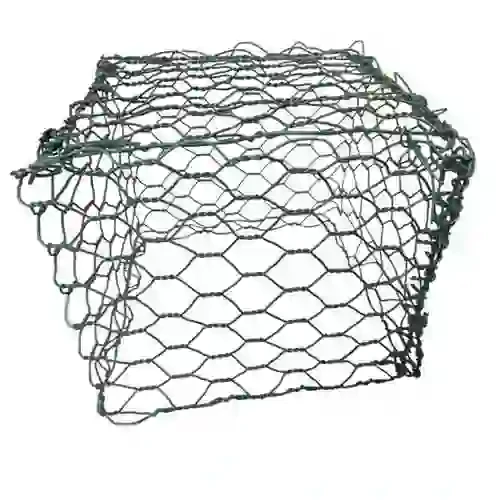-
 Phone:
Phone: -
 Email:
Email:

Exploring the Versatility of Loop Tie Wire in Various Applications
The Importance of Loop Tie Wire in Construction and Craftsmanship
Loop tie wire, an essential yet often overlooked component, plays a critical role in construction, metalworking, and a variety of crafts. This durable, versatile material offers unique advantages that make it a preferred choice for many applications. In this article, we will explore the characteristics, uses, and benefits of loop tie wire, illustrating its significance in various industries.
What is Loop Tie Wire?
Loop tie wire is a type of wire that is characterized by its elongated shape, typically featuring a loop at one end. This design allows for easy attachment and securing of materials, making it ideal for a range of applications. The wire is usually made from high-quality steel, though it can also be produced using other materials such as aluminum or copper, depending on the requirements of the project. Its tensile strength and flexibility make it suitable for both heavy-duty construction tasks and delicate crafts.
Uses in Construction
In the construction industry, loop tie wire is primarily used for tying rebar (reinforcing bar) together to form strong foundations or structural elements like columns and beams. The loops allow for secure fastening while ensuring that the steel bars remain in place during the concrete pouring process. This is crucial, as proper alignment of rebar is essential for the structural integrity of buildings.
Moreover, loop tie wire is employed in various other applications within construction, including
- Temporary Supports During the building phase, loop tie wire can be used to provide temporary support for structures, ensuring stability until permanent supports are installed. - Fencing and Landscaping It is also commonly used in securing fencing materials or tying plants in gardens, demonstrating its versatility beyond structural applications.
loop tie wire

Applications in Craftsmanship
Loop tie wire is not just limited to construction; it has found its way into craftsmanship as well. Crafters and artisans utilize loop tie wire in jewelry making, sculpture, and various DIY projects. Its ease of use and adaptability allow for creative designs, making it a favorite among hobbyists.
For example, in jewelry making, loop tie wire can be used to create intricate designs, forming rings, chains, and other components with decorative loops. Artists often incorporate it into sculptural works, using the wire to connect various parts or create outlines for more complex shapes.
Benefits of Loop Tie Wire
The advantages of using loop tie wire extend beyond its functionality. Firstly, it is cost-effective, making it a budget-friendly choice for both professionals and hobbyists. Its availability in different lengths and diameters also allows users to select the most appropriate size for their specific needs.
Additionally, loop tie wire is incredibly durable. It can withstand environmental elements, making it ideal for outdoor projects such as landscaping and construction. Its resistance to rust and corrosion enhances its longevity, ensuring that structures and crafts remain intact over time.
Conclusion
In conclusion, loop tie wire is a vital component in both the construction industry and the realm of craftsmanship. Its unique design and practical applications make it an indispensable tool for ensuring structural integrity and facilitating creativity. Whether you are a construction professional or a dedicated hobbyist, understanding the importance of loop tie wire can optimize your projects and enhance the quality of your work. As we continue to innovate and explore new possibilities in construction and artistry, loop tie wire will undoubtedly remain a key player in achieving success.
-
Wire Mesh for Every Need: A Practical SolutionNewsJul.25,2025
-
Steel Fences: Durable, Secure, and Stylish OptionsNewsJul.25,2025
-
Roll Top Fencing: A Smart Solution for Safety and SecurityNewsJul.25,2025
-
Cattle Farm Fencing Solutions for Maximum SecurityNewsJul.25,2025
-
Affordable Iron Binding Wire SolutionsNewsJul.25,2025
-
Affordable Galvanized Wire SolutionsNewsJul.25,2025
-
Wire Hanger Recycling IdeasNewsJul.25,2025








